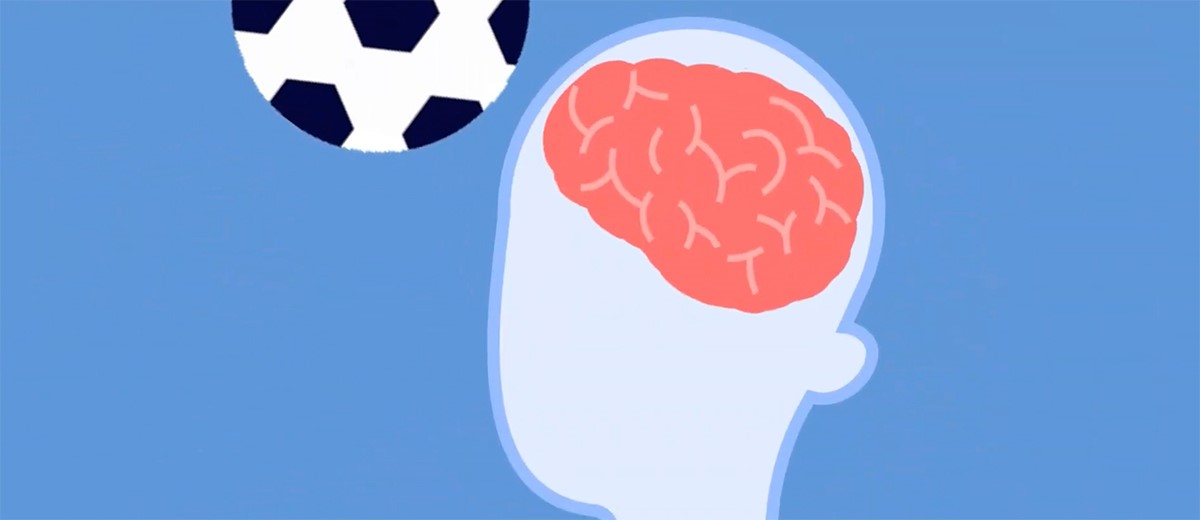Watch our School Nurse Guide to Head Injuries Video HERE!
Every year, hundreds of thousands of school-aged children suffer concussions, a generally mild form of traumatic brain injury, that without appropriate recognition and response, can result in further injury and potentially serious, long-lasting effects. The result of a bump, blow, jolt, or hit to the head or body, a concussion occurs when the brain bounces or twists within the skull, stretching and bruising nerves and blood vessels and causing chemical changes within the brain, temporarily impairing normal brain function. Particularly in children whose young brains are still developing and whose symptoms may be difficult to detect, concussions pose a significant risk. Establishing a comprehensive concussion management plan in every school is essential to protecting kids’ brain health.
Concussion Recognition
Symptoms of a concussion can appear immediately following a hit to the head or sometimes hours or even days later. Whether a head injury occurs at school or a student suffers a possible concussion outside the school setting but exhibits signs once at school, faculty and staff should be trained and equipped to identify potential symptoms and school nurses must be prepared to duly assess, observe, and provide necessary referrals and education to parents and guardians.
This checklist from the CDC can support school nurses in head injury assessment and further monitoring or care. If signs and symptoms of a concussion are present, parents and guardians should be notified, given the completed checklist, and advised to seek an evaluation from a healthcare provider experienced in concussion management. If there are no signs or symptoms of concussion, the student may return to school but should avoid sports and physical activity for the rest of the day. Parents should be notified, given the completed checklist, and advised to continue to closely monitor, using the checklist as a guide, and seek follow-up care if any symptoms appear.
Concussion Recovery
In the event a student is diagnosed with a concussion, customized instructions from the healthcare provider are necessary for returning to school. While most children fully recover from a concussion in 2-3 weeks, 10% to 15% continue to have symptoms for up to several months or even longer. Concussion recovery is different for every individual and required accommodations can vary from reduced screen time and frequent breaks in the school health office to wearing sunglasses and avoiding noisy hallways. Collaboration with the student’s healthcare provider, teachers, and parents can help identify the student’s specific needs and develop a supportive recovery plan of care. Symptoms and academic progress should be closely monitored and when necessary, appropriate adjustments made to educational, as well as emotional support. A gradual return to sports and other physical activity should be guided by a healthcare professional and within the parameters of an established, evidenced-based protocol.
Because an injury to the brain cannot necessarily be “seen”, symptoms are often dismissed and recovery can be frustrating and complicated. Early recognition and recovery support are critical components of effective concussion management in the school setting and can help protect kids’ brains now and in the future.





